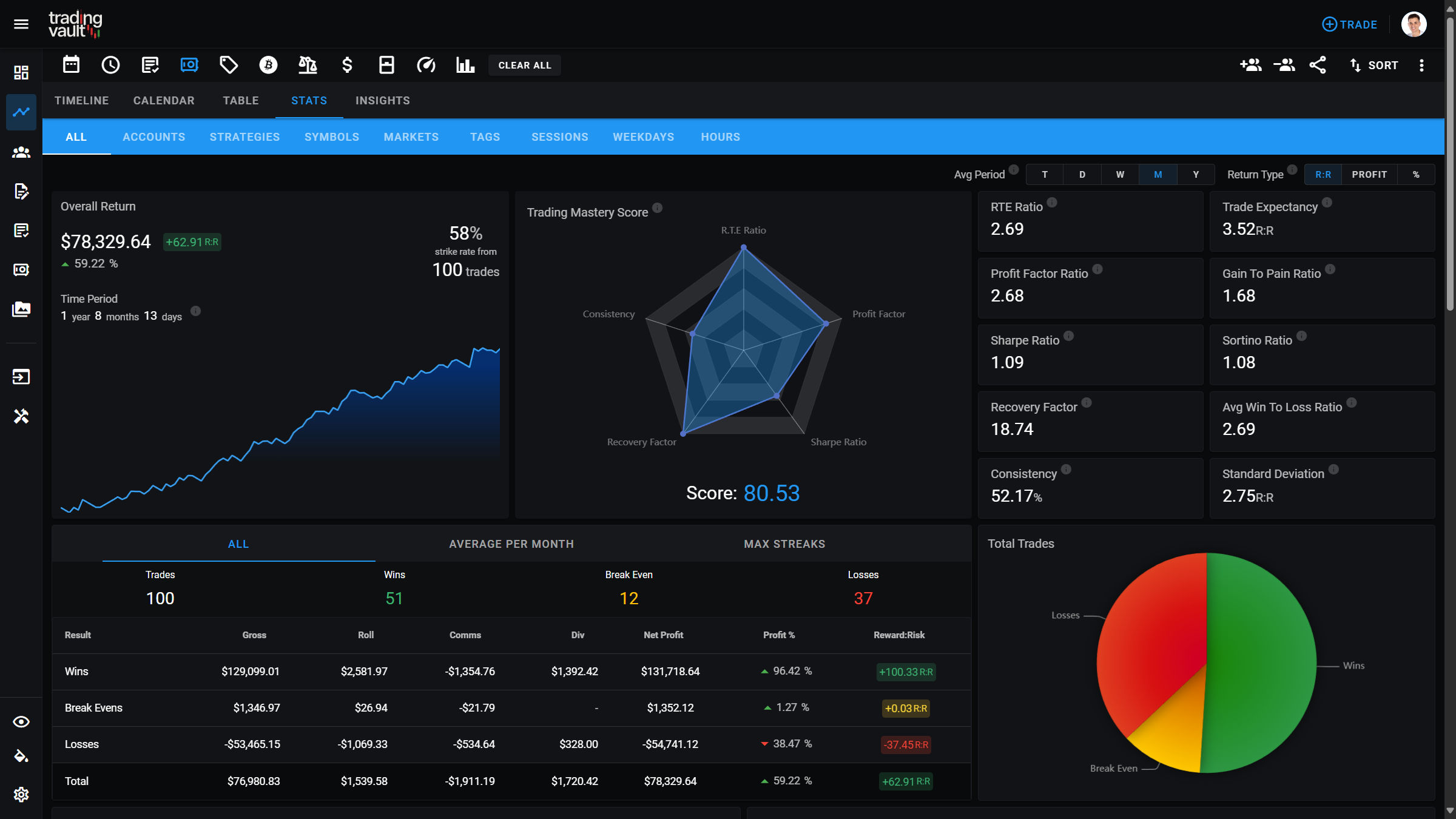
Master Your Trading Habits: Insights from Top Traders and Coaches
Master the psychology of trading with insights from top experts. Learn to overcome revenge trading, overtrading, and stop-loss mistakes using a trading journal.

Forex trading can be a profitable venture, but it's not without risks. One way to minimize those risks and maximize your profits is to use the concepts of Maximum Favourable Excursion (MFE) and Maximum Adverse Excursion (MAE). In this post, we'll define these terms, explain how they work, and provide some tips on how to use them effectively in your trading strategy.
MFE is the largest profit that could have been made on a trade if it had been closed at the optimal time. For long (short) trades, it measures the distance between the entry price and the highest (lowest) point the trade reached before reversing, also known as Maximum Favourable Price (MFP). In other words, it's the maximum profit you could have made on a trade before it started going against you.
Using MFE in your trading strategy allows you to set realistic profit targets and avoid exiting a trade too early. By identifying the optimal point to close a trade, you can maximize your profits and reduce your risk.
MAE is the largest loss that could have occurred on a trade if it had been closed at the worst possible time. For long (short) trades, it measures the distance between the entry price and the lowest (highest) point the trade reached before reversing, also known as Maximum Adverse Price (MAP). In other words, it's the maximum loss you could have experienced on a trade before it started going in your favour.
Using MAE in your trading strategy allows you to set realistic stop losses. By identifying the optimal point to close a trade, you can maximize your profits and reduce your risk.


By monitoring your MFE and MAE, you can gain insights into the effectiveness of your trading strategy. For example:
Trading Vault's stats pages let you visualize MFE, MAE, and other key statistics through the trade performance graph. By clicking on any specific statistic, you can see it displayed on the graph for better analysis.
Pro tip: When analyzing MFE, filter your trades to view only the losers. For MAE, filter to view only the winners.
Using Trading Vault, you can record MFP and MAP, enabling the app to automatically calculate your MFE and MAE. This helps you analyze your performance and refine your strategies.

The 'Trade Performance' widget on the Stats page displays all your trades, allowing detailed performance analysis. Select any stat in the widget to view it on the graph. If a particular trade stands out, you can click it for more detailed analysis.

Using MFE and MAE can be a powerful tool in your trading strategy. By understanding these con

Master the psychology of trading with insights from top experts. Learn to overcome revenge trading, overtrading, and stop-loss mistakes using a trading journal.

Transform your trading with Trading Vault, the all-in-one platform for tracking trades, uncovering insights, building discipline, and refining your unique edge.

Boost your trading success with a weekly review. Learn how top traders reflect, adapt, and grow through a simple, effective review routine that improves results.